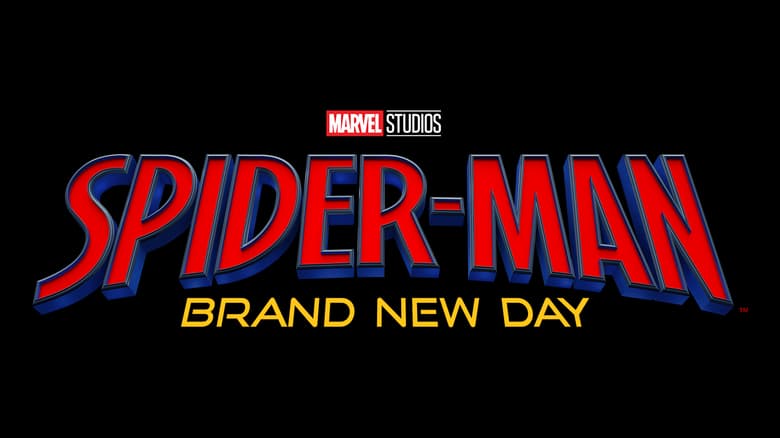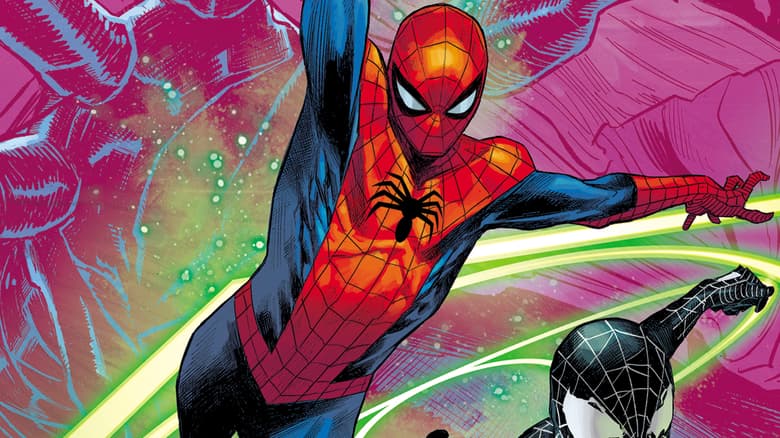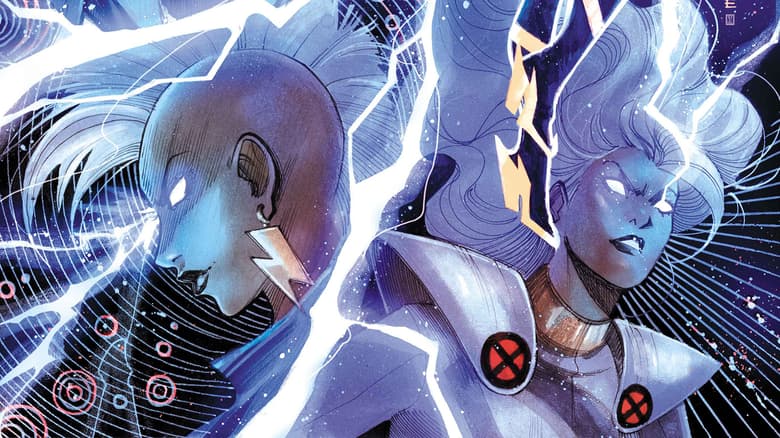Creating Killmonger: Side by Side with Rich Buckler and Billy Graham
Arriving in comic shops on February 19, MARVEL’S VOICES #1 features a collection of brand-new Super Hero adventures, as well as seven essays from creatives and cultural journalists discussing their favorite Marvel characters, stories, and comic book eras. Each written from the author’s unique perspective, the essays present a diverse range of reflections, topics, and themes. These are Marvel’s voices.

He only existed as a character of words before Rich Buckler and I sat side-by-side (because we were pals as well as partners, and sometimes I would even do Panther poses for Rich to show him how I felt T’Challa should move).
One of the initial challenges I realized when I started to write “Panther’s Rage” was that I needed to create a powerful foe for T’Challa. As I developed his personality, I also came to feel that he had to look so ferocious, so visually and physically powerful, that the readers would hopefully react and wonder, “How can T’Challa defeat this guy?”
Once I had the how Killmonger came to be who he was, that’s when Rich and I would deliberate over the specifics of his look, from costuming to how to attain that bold, angry dynamism that I had in my head. We had no costume designers. I had found photos of different kinds of African dress, and then I discussed with Rich that we could not specifically use one locale of fashion since it would distinctly say that Wakanda was located in that area. We had to keep it unknown.

Editorial was not as thrilled at Killmonger’s presence in 1973 as audiences would be in 2018 when the Black Panther film came to be.
I was told Killmonger could not appear on the covers after his initial exposure on JUNGLE ACTION #6, the first chapter of “Panther’s Rage” and the first time he is thrown off Warrior Falls.
And he didn’t appear again. For over a year, and then only as a little action-type figure on the cover with the wolves, since apparently Editorial thought the cover had to have more than dagger-fanged ice wolves tearing T’Challa apart.
Killmonger would not appear on a cover again until the last issue of “Panther’s Rage.”
Rich Buckler’s contributions during the half year that he drew the series cannot be undervalued. Rich gave me the room to tell the stories the way I wanted, and because he had the respect of Editorial I could experiment with page design and unique title graphics. His dynamic art certainly aided my style of scripting, which was less than fondly received in the Hallowed Halls. Rich never stopped me from experimenting, whether it was turning pages on their side to emphasize the height of Warrior Falls or placing the visuals inside the word titles. He had to pull it all off.
And he fought off Editorial, who wanted him on more important books than JUNGLE ACTION. The Black Panther was not the high-profile character he is now. Editorial certainly wanted Rich Buckler on the A-list titles like FANTASTIC FOUR or AVENGERS.
I have not, and will not, forget Rich’s talent, loyalty and friendship in that creative and combative time.

Billy Graham and I did it 40 years before Michael B. Jordan threw Chadwick Boseman into the majestic, beautifully lethal water onslaught!
Billy captured everything I asked. The dynamics in that final fight between T’Challa and Erik are so vividly and iconically caught, forever immortalized as long as the comic endures.
Billy Graham was truly a Renaissance man, ahead of his times, and we had known each other for years before I came to Marvel Comics in 1973. I met Billy in 1969 when he was the first Black editor in the comics medium, at Warren Magazines.
Many people think I chose Billy to draw “Panther’s Rage” after Rich was deluged with so many other projects. I did not have the power to choose an artist in those days. But once again I got lucky.
At the time the few Black artists that were in the comics business were normally placed on Black characters, and while I was not told this, I am sure that policy was why Billy and I ended up together.
And once again I had a partner whom I could work with in the Marvel system, but it wasn’t exactly Marvel scripting style; it was a page-by-page breakdown, and often I would suggest page layouts beyond the title splash pages.
Billy could draw whatever you asked of him.
The industry hardly noted his passing; now the world seems to be realizing who he was and what he managed to do all those years ago.
Billy gave me places to stay in New York when I came trying to sell my stories in the late ’60s and early ’70s. He certainly helped me keep “Panther’s Rage” a stimulating visual feast all the way to the finish line. I chose him for my own series, Sabre: An Exploitation of Everything Dear, a couple years later because I knew Billy would not flinch at there being gay characters in the cast. Trans characters like Dearie Decadence in the 1980s were not a problem for Billy.
Wish both he and Rich could have seen the film and heard the responses to their art.
Glad this small piece exists in a place where people will see it when researching Marvel history. And glad it all has a place in comics history.

Read MARVEL'S VOICES #1 at your local comic shop on February 19!
The Hype Box
Can’t-miss news and updates from across the Marvel Universe!








